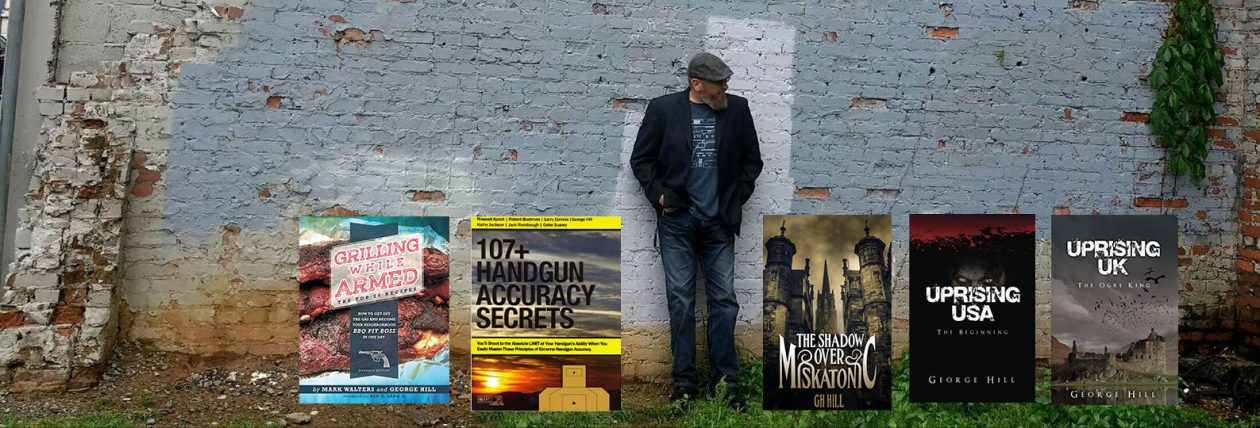There’s been tons of chatter about using 3D Printers to build your own gun at home. Unfortunately there’s a problem with these… and that’s quality. 3D Printed frames are just not that strong. And if you can afford one of the big fancy metal printers that make strong parts… well, you could pretty much buy any numbers of guns you wanted for that astronomical price. And even then, those parts are still not as strong as factory forged or cast frames.
Then there are the Ghost Gun mills. That’s going to take your 80% Lower and finish it. Or a block of material and carve out that AR lower for you. That’s good. Certainly a step up. But that’s still not where I’d want to be… Even though I have seen some very good results. It’s very limited. A small CNC Mill is certainly where it’s at, but the Desk Top mills are not quiet there yet.
I like where this is going. This article is about Plastic Casting. And I think it’s got greater potential than current 3D Printers that are within reach of the DIY crowd. If you can Cast plastic… You can cast Aluminum. If you can cast Aluminum, you can cast steel. There are videos on how to make your own forges and smelters and pretty much anything you need to melt metal.
Ruger builds some awesome firearms using a Cast process. One that can be replicated on a small scale in your back yard. Now here’s where this gets interesting… You can cast just about anything. Any part. The small parts you can’t cast, you can order in.
I’m really digging the exploration people are doing in the making it yourself movement. We’ve seen some crazy cool things come of it. I’m expecting any day now to see someone build something truly unique in their back yard.

When you get down to it, firearms manufacturing is 19tb century tech. A sheet metal box and a spring, magazines are the hardest bit for small bomesbop builders to do. Anyone with a little knowledge and access to a lathe and seamless tubing can build Sten guns all day long. Modern plumbing!
So, if someone made 100% AR15 receivers out of styrofoam, or foam, or wax… would that constitute a “firearm” to ATF? If not, could they be sold legaly? Or can a 3D printer be loaded with some really cheap plastic that burns away easily?
Behold “lost wax casting” or “lost foarm casting”:
https://www.youtube.com/watch?v=tH-PaNugz9w
Doesn’t matter how it’s made… to make a gun to sell, you need a Manufacturing License.
Also, if you are making a gun for your own specific use, it doesn’t matter how it’s made.
I suppose if a rubber band is a “machine gun”, then a foam handgun is a “firearm”. 🙁
This another interesting item, taking the computer out of CNC:
https://www.youtube.com/watch?v=NG9IAndPcrw
Though if it’s used by hand, does that mean it is still “digitally-controlled”? 😀 ;D
…. i know 🙁
I’m not a lawyer, but a chunk of foam which could not actually be used as a receiver (ie, it would break if someone actually attempted to fire a round with that as the receiver) should not be considered a firearm. In the same way that a prop gun is not a firearm, no matter how realistic it appears – it lacks the ability to fire a bullet, and cannot be readily made to do so.
So, a chunk of foam for casting should be considered nothing other than a tool for manufacturing firearms, and not regulated any more than a mill or lathe. The moment you actually cast a receiver from it, though, you’ve manufactured a firearm, so the appropriate laws would apply, depending upon the intended use (eg, personal versus resale).